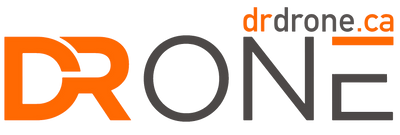- Products
- Repairs
- Articles
- B2G/B2B
- Enterprise Drones
- Training Services
- Products
- DJI
- DJI Dock 2
- Matrice 350 RTK
- Zenmuse H30 Series
- Inspire 3
- Mavic 3 Enterprise Series
- Matrice 30 Series
- Mavic 3 Multispectral
- DJI FlyCart 30
- Matrice 300
- Zenmuse H20N
- Zenmuse P1
- Zenmuse L1
- Zenmuse H20 Series
- Mavic 2 Enterprise Advanced
- Matrice 200 Series
- Phantom 4 RTK
- Phantom 4 Multispectral
- Mavic 2 Enterprise
- Zenmuse XT2
- CZI Payloads
- Teledyne FLIR
- Autel Robotics
- DJI
- Contact
- Account
- Country
No results found.
- MavicOpen submenu
- MatriceOpen submenu
- PhantomOpen submenu
- DJI FPVOpen submenu
- InspireOpen submenu
- OsmoOpen submenu
- RoninOpen submenu
- ZenmuseOpen submenu
- Robomaster S1
- Ryze Tello
- Open Box Deals
- Parts and AccessoriesOpen submenu
- Autel RoboticsOpen submenu
No results found.
No results found.
No results found.

























































































































































Dr Drone
Author
DrDrone is Canada's leading provider of drone technical services, with over a decade of experience and the distinction of being the first company in the country to offer drone servicing and repairs. As the largest drone vendor in Canada, we are also the primary supplier of Remotely Piloted Air Systems (RPAS) to the Canadian government. Our team members possess extensive knowledge of each drone's technical specifications and have a wealth of hands-on experience. For more than ten years, we have been dismantling and reconstructing drones, ensuring a deep understanding of these systems.